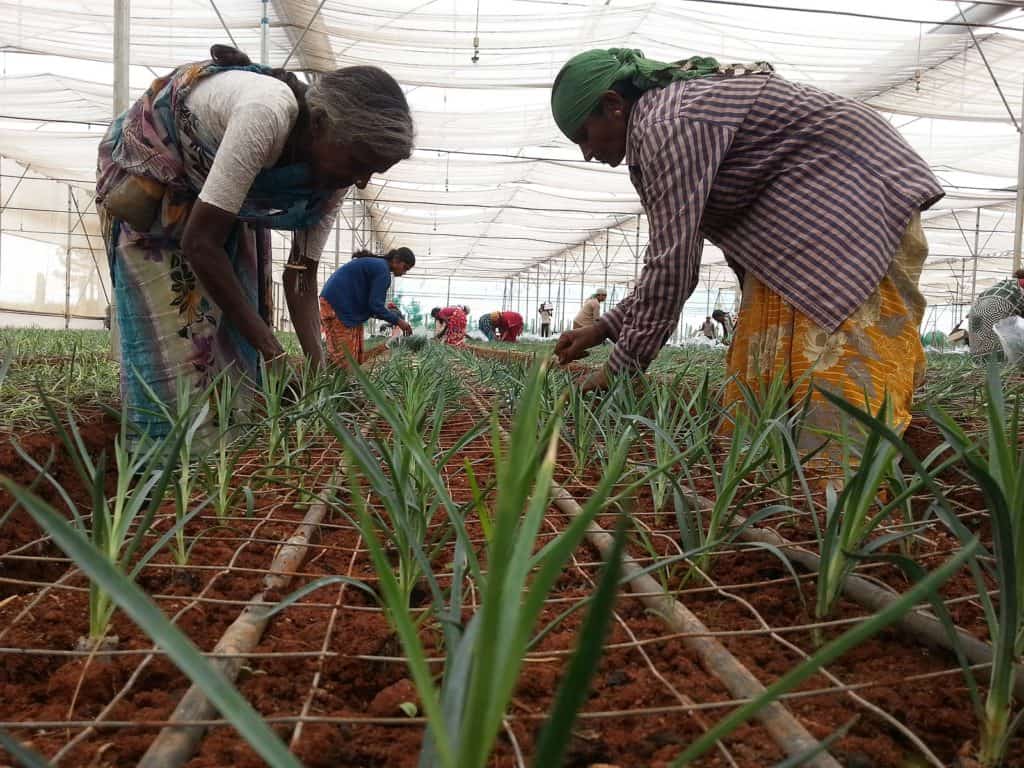The continuing rural distress is driving millions of people to leave their villages in search of work. Here’s what India can take away from China’s strategy of reducing Urban-Rural Economic disparity.
Figures and Facts
While the opening of the economy in 1991 transformed the lives of the urban educated class, rural India continued to move towards distress. Though India’s GDP started increasing at 7-9% in the mid-1990s, agriculture grew at an average of 2.5-3.5% only. Moreover, the agriculture sector contribution to the GDP came down to 14.6% in 2018 from 23% in 2003-04. Further, rural indebtedness and marginalization increased as the ratio of farm to non-farm incomes worsened from 1:3 to 1:5. The dependence on farming and related activities continued to rise since then as the population grew at an unprecedented level.
Level of Rural Decay in India
The agricultural investment makes only 8% of the gross capital formation. Contrarily it was 14% some four decades ago. Besides, this 8% of agriculture investment takes place in the form of unproductive subsidies that benefit only big landlords in a country where 80% of tillers have less than 2 hectares of land in the rural sectors. Adding to this is the poor agricultural marketing infrastructure, which wastes around 30% of the farm produce. Moreover, it makes less than 10% value addition of farm commodities.
UN Food and Agriculture Organization (FAO) calculates that around 200 million Indians are under-nourished, which costs 3% of GDP annually.
China’s Transformation
Looking at China’s socio-economic transformation over the past four decades, we can learn a lot. The country has drastically developed from being a primarily agricultural rural economy to a global industrial powerhouse with hi-tech technology. China’s transformation began with ending farm collectives in 1978, backed by R&D investments. The country’s share tripled to 6% of GDP in a decade. Further, its per capita food supply increased by 1,700 kilocalories per day between 1961 and 2013. Not only this, but its protein supply has reached 60gm as against India’s 8 gm over the past half-century.
The result was visible in terms of the healthy population in China. By the late 1980s, small industries replaced agriculture as the primary source of employment by creating around 57 million jobs. Further, the rationing of essential commodities for the rural population gave a boost to consumption by 1993. Moreover, providing a ready market for agricultural enterprises, town and village enterprises employed 112 million workers.
Chinese authoritarian political structure encouraged the move of industries to the countryside; whereas India focuses on politically-driven subsidies. In all, India must put efforts in advancing agriculture-based rural industrialisation. Along with this, training the rural population will be required as 10 lakh rural Indians seeking employment lack the skills necessary for the secondary sector.

